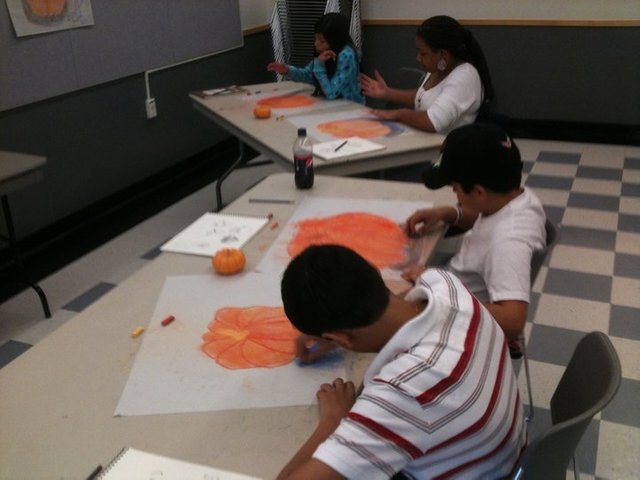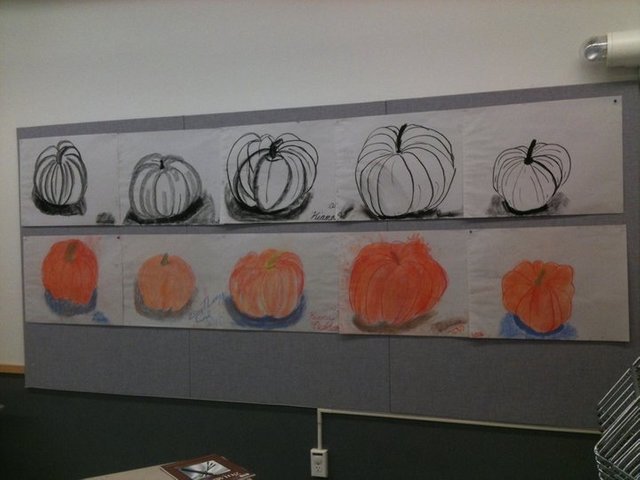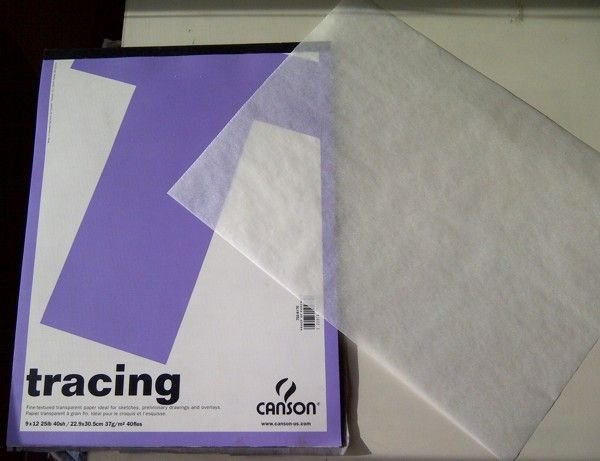Learning to Draw: Hand-Eye Coordination
Learning to Draw: Hand-Eye Coordination
For Beginners, Teachers & Parents…
As I mentioned in my post "Drawing: A Lifelong Skill" I strongly believe that people (young & old) learn to draw through practice. And, I mean a LOT of practice. As I also mentioned in that post, the more practice someone does, the quicker they will develop their drawing skill.
When talking about “learning to draw” what I am mostly referring to is the ability to create a drawing/sketch that resembles the thing/object/scene they are trying to convey. I’m not talking about abstract art or drawing. I’m talking more about the ability to say – draw an apple and end up with something that other people would look at and understand that it is a drawing of an apple. That sort of thing. And, usually when adults or parents see the artwork of their young children and critique it – it’s usually based on their expectations that the thing being drawn should look like or at least somewhat resemble whatever it may be that they are trying to depict.
Now- often times when children are very young, parents will usually not critique their children so harshly and will often find it “cute” or even interesting to see how their children portray things – like adding extra fingers, or not quite getting proportions right. They will usually give the children some slack for the first few or even several years. But, eventually the child will come to an age and or some project in school where they will suddenly be critiqued – possibly harshly. This does not usually inspire the young artist to improve – rather it usually inspires them to decide that they can’t draw and to stop trying.
What most people don’t realize is that people progress with their skills through DOING (practice). If they don’t practice, or draw often, they will NOT progress. It’s not really an age-related skill, but is related to how often and how much someone actually practices their drawing. Now, since drawing is similar to writing –in that the person is manipulating and controlling their pencil/pen, using their hands, and since writing is usually taught to EVERYONE, and everyone is basically forced to practice writing the alphabet – children DO get some drawing practice every time they practice their writing. So- since children usually improve with their writing skills, being able to correctly write their letters, and since this happens as they age, it is often expected that children’s drawing skills will also improve with age. And, for most children that does happen – sort of naturally as they are in school. However, I have encountered many children who did not draw much at home, weren’t really into coloring in coloring books (or simply didn’t have access to them at home) and perhaps didn’t get much help with homework at home – who were still at very low drawing skill levels, but were older (like 4th, 5th, 6th grade). For these students – all they really need to continue their skill-building with drawing is: more practice! Sometimes these students will suddenly become interested in art/drawing because they have a friend who draws. Sometimes they will find themselves enrolled in an art camp or other type of place where they are suddenly being exposed to art, when they never really were before. And for them, I’d like to give this suggestion: tracing paper.
I believe that drawing skill is a combination of being able to manipulate your drawing instrument (pencil) while being able to observe what you are drawing (see the details). You could explain it this way: as you observe an object and follow along the shape of it with your eyes (or your mind’s eye), you move your pencil in the same manner, like there’s an invisible string connecting your eyeball to the tip of your pencil. It’s basically hand-eye coordination. It’s all about getting your pencil to do what your eye is doing. But, in the beginning it’s really all about getting your hand to control the movement of your pencil. And since usually your eyes are watching where you are drawing, it’s pretty much always hand-eye coordination.
With that all in mind, I have discovered that using tracing paper with young students, who need to develop their coordination, really helps. I understand that some people (parents especially) would view tracing paper as “cheating”. But, really it isn’t. It’s still allowing for the student to draw what they see. And, using tracing paper can help build confidence. It’s still a challenge – using tracing paper. Because you still have to follow the lines. And, it’s a very good gauge for seeing how far along a student is with their ability to control their pencil.
So, if you have a child, or know of one, who is struggling with hand coordination (even with writing the alphabet), give them a tablet of tracing paper. They can trace other coloring books, illustration in regular books, newspaper comics, or anything. You can set up a tracing station at a window with tape, too. The light coming through the window will help them see the lines more clearly. If you want to add some creativity into the mix, try drawing the body of someone from a coloring book and then let your young artist create/add clothing/fashion over the top of it – from their imagination. But tracing paper is a great secret tool to use to help build confidence and coordination.


